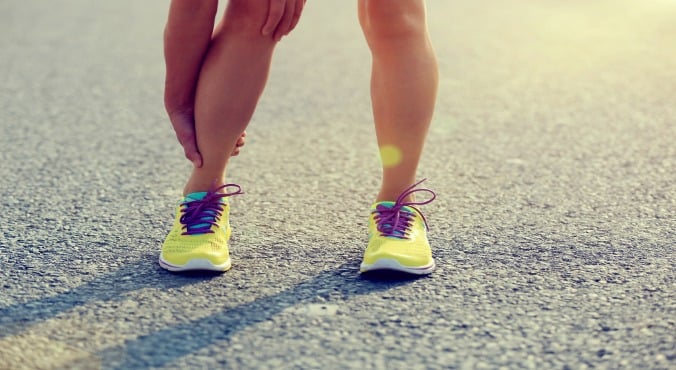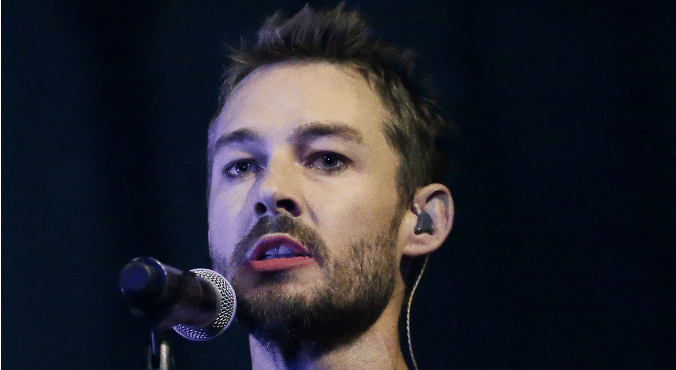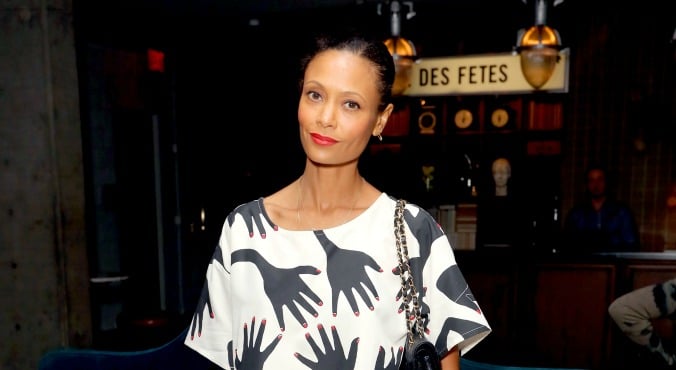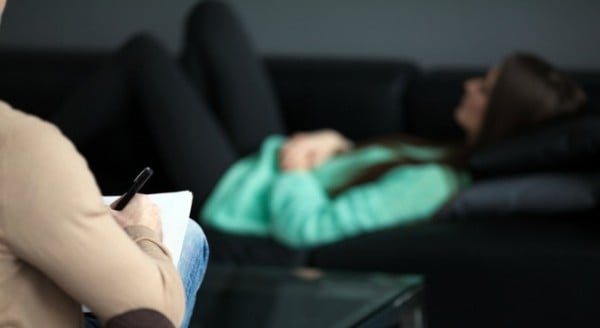
Image: iStock. This post may be triggering to some readers.
This essay offers an in-depth look at my eating disorder. Please keep your own recovery and/or sensitivities in mind.
Suffering is revered. Pain is praised. The more you endure, the more you are.
I broke my leg the way you fall asleep: slowly, then all at once.
I was running when it broke (or, more aptly, when I broke it).
I didn’t fall. Nothing fell on me — it just broke.
I didn’t know it was broken. As far I knew, it was just hurt. Shin splint. Bruising. Strain. Something unlike broken.
I kept running — for a while, two months maybe. I ran on it through pain, because “No pain, no gain” — or something like that.
In my case, I “gained” a broken leg.
I went to the doctor finally, after the swelling wouldn’t subside, the pain wouldn’t relent. He said he didn’t know what it was, but it wasn’t broken: Broken legs hurt; you don’t run on a broken leg.
Unless you do.
He sent me for an X-ray.
When I saw the X-ray, and the break, I cried. I cried hard — not because my leg was swollen and painful and broken, but because I didn’t want to stop running. My devastation seemed unwarranted to the people around me. The sinking depression, the tears, all of this spectacle: unnecessary, dramatic. (Christine Anu talks about body image to Mamamia TV. Post continues after video.)


































































































